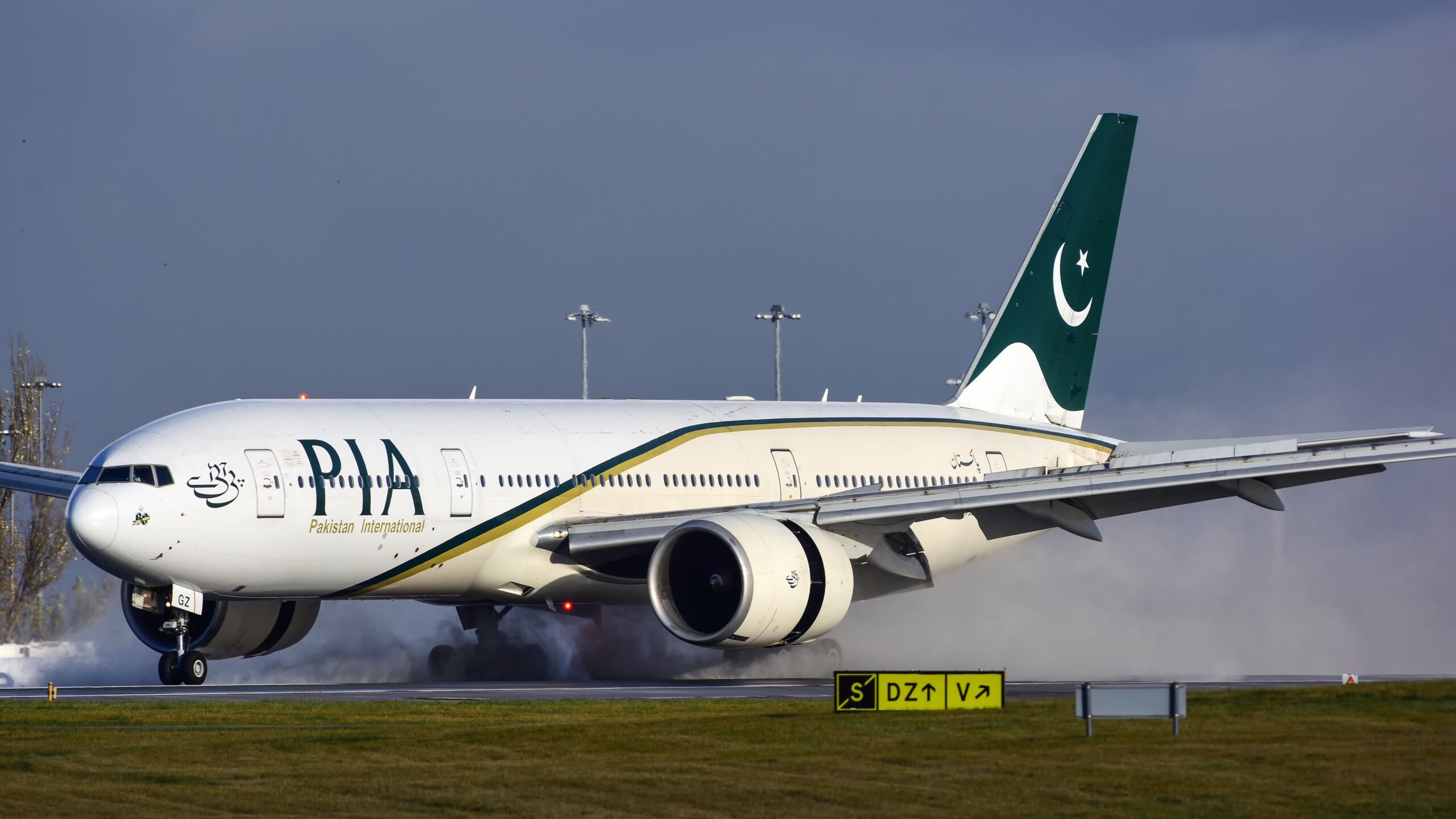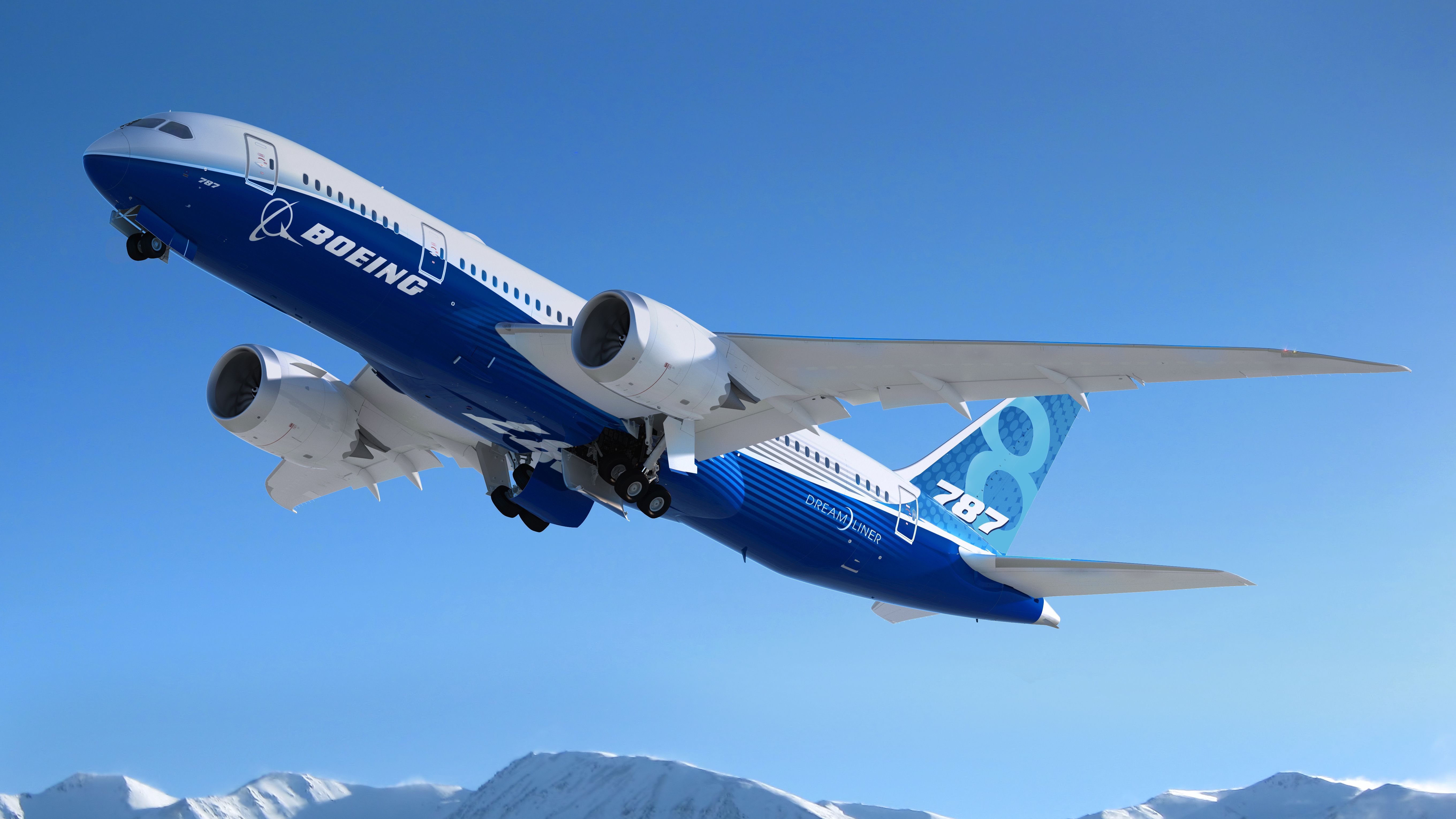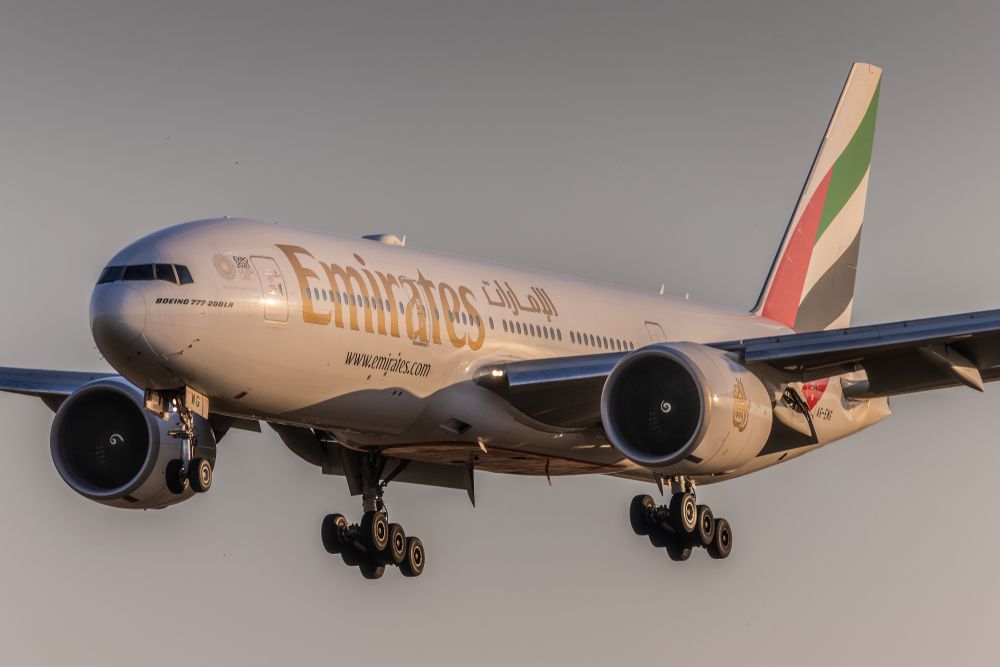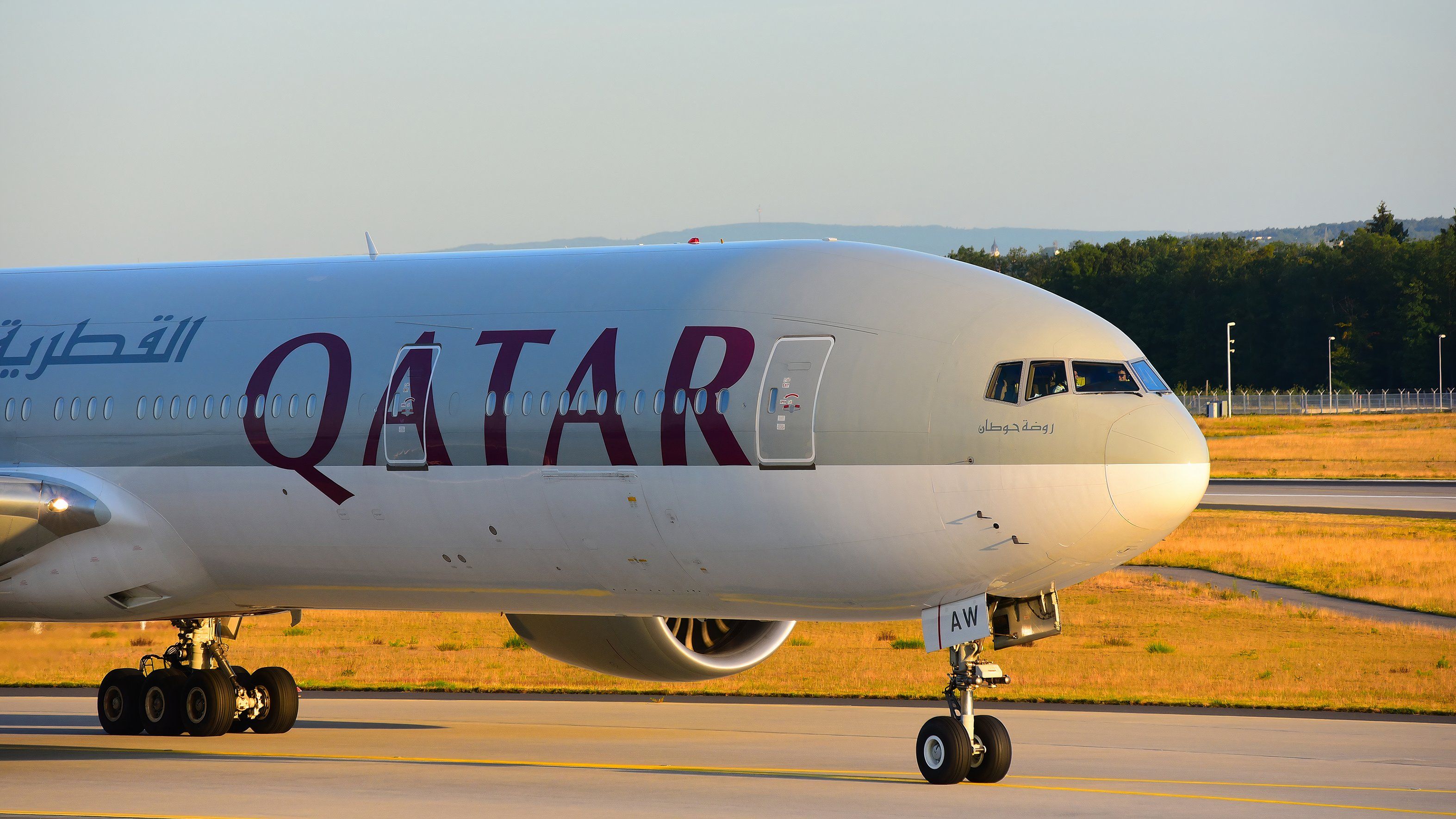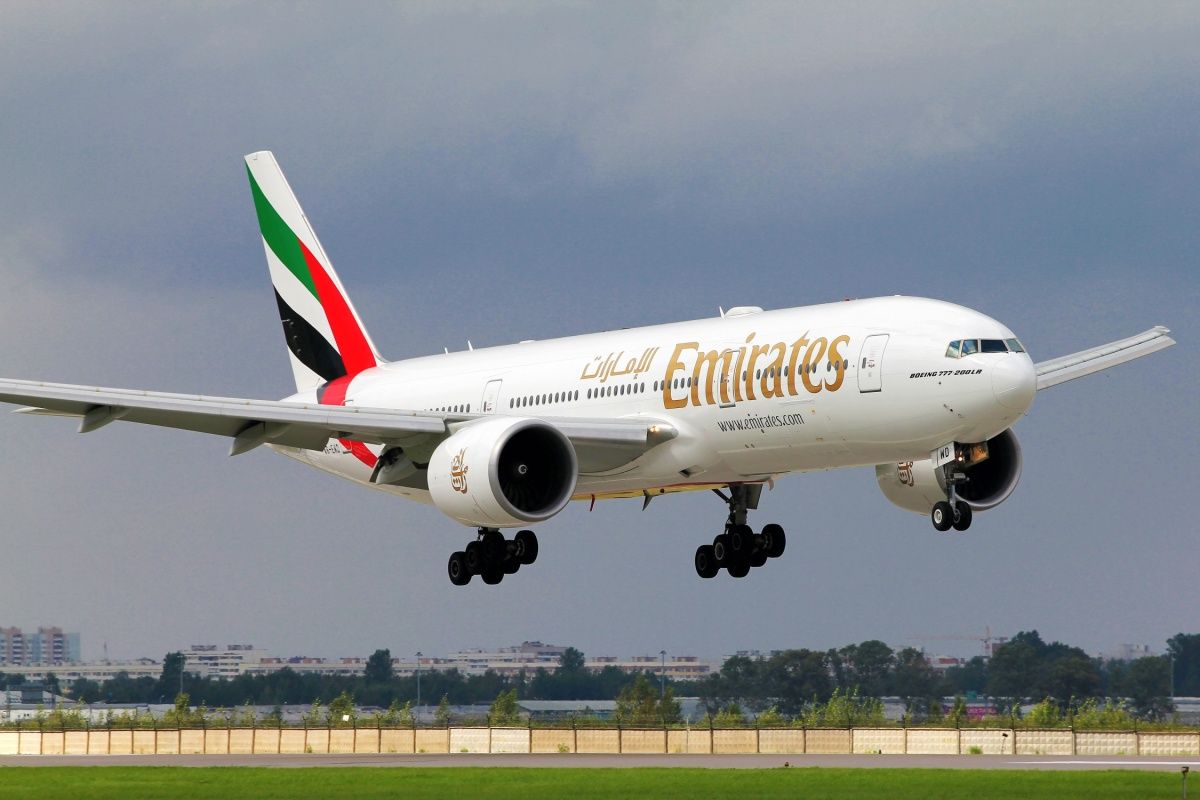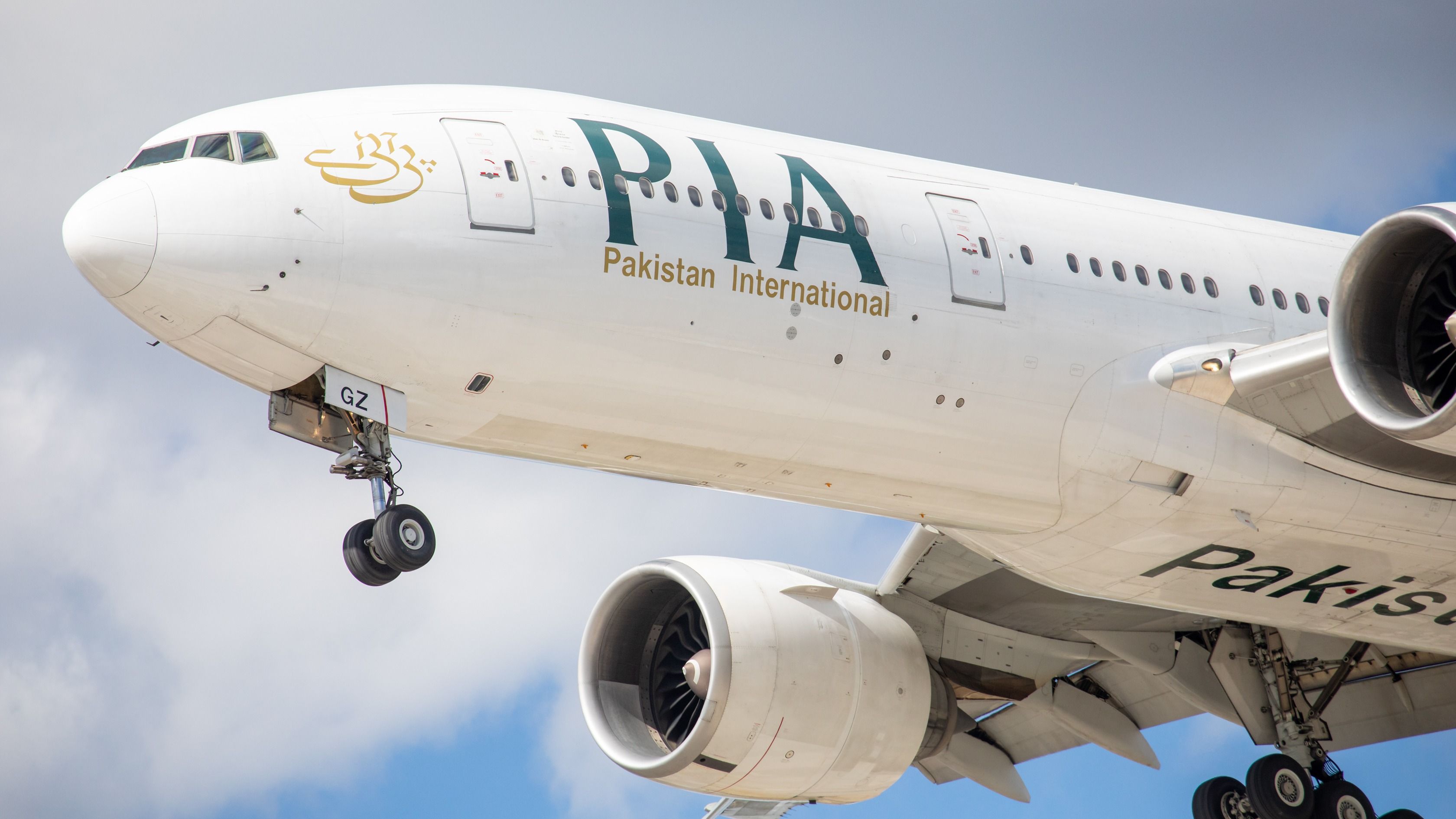Summary
- The 777-200LR offers unmatched range capabilities, up to 9,395 nautical miles, ideal for ultra-long-haul flights.
- Key operators utilize its extended range, including Emirates, Qatar Airways, Air India, Turkmenistan Airlines, and PIA.
- The Boeing 777-200LR remains crucial in airlines’ fleets for its ultra-long-haul operations, fuel efficiency, passenger comfort, and cargo capabilities.
The Boeing 777-200LR, also known as the “Worldliner,” is a long-range twinjet that has garnered significant attention in the aviation industry due to its exceptional range and efficiency. As of 2024, this aircraft remains a rare but valuable asset in the fleets of a select few airlines worldwide. Let’s find out which airlines are operating the 777-200LR, exploring their routes, usage, and the unique benefits this aircraft brings.
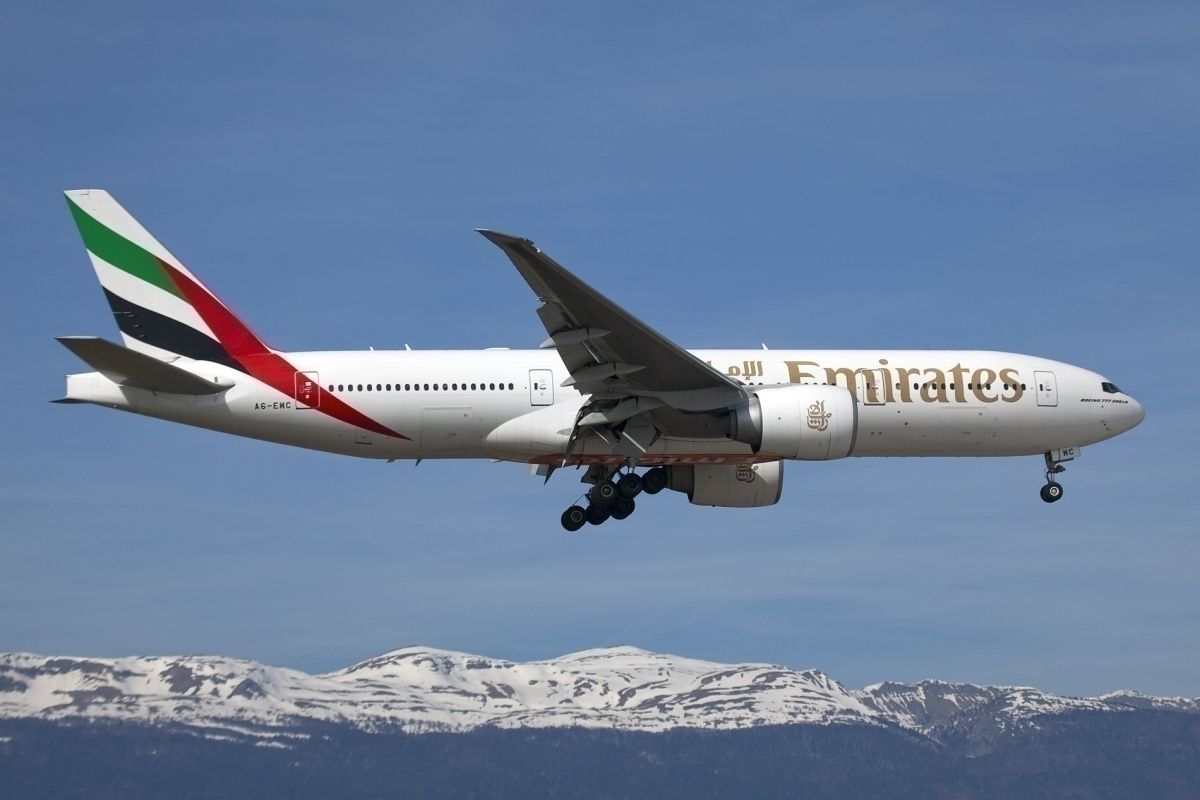
Related
The Boeing 777LR – Was The Plane A Success?
The Boeing 777-200LR, a groundbreaking feat of engineering
The Boeing 777-200LR is renowned for its extended range capabilities, which allow it to cover distances of up to 9,395 nautical miles (17,395 kilometers). This capability makes it ideal for ultra-long-haul flights, connecting distant city pairs non-stop.
The 777-200LR features powerful GE90-110B1 or GE90-115B engines and can carry up to 317 passengers in a standard three-class configuration. Its design incorporates features to reduce fuel consumption and enhance passenger comfort, making it a standout in the twinjet category.
Photo: Rebius l Shutterstock
Airlines Operating the 777-200LR
Despite its impressive capabilities, the 777-200LR is not widely adopted, with only a limited number of airlines utilizing this aircraft as of 2024. Here are the key operators:
Emirates
Emirates is one of the most prominent operators of the Boeing 777-200LR. The Dubai-based airline leverages the aircraft’s range to connect Dubai with distant destinations that are not feasible with other aircraft. Key routes include non-stop flights to cities in North America, such as Houston and Los Angeles. Emirates’ 777-200LR fleet is configured with a three-class layout, offering First, Business, and economy class cabins, ensuring a comfortable journey for long-haul travelers.
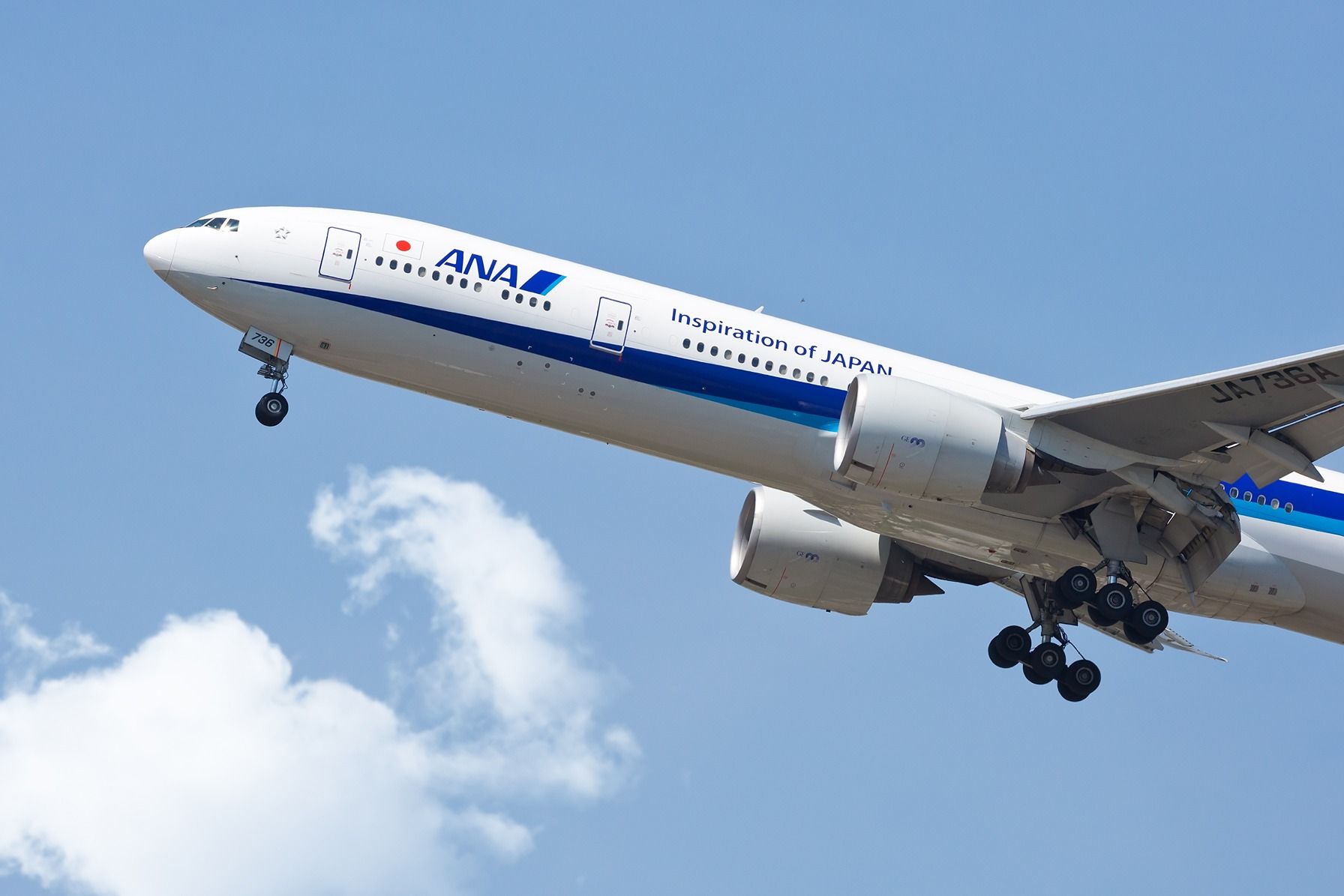
Related
The Factors That Set The Boeing 777-300ER Apart From The Standard 777-300
The two variants may be the same length but have a boatload of differences.
Qatar Airways
Qatar Airways, Qatar’s flag carrier, also operates a fleet of 777-200LRs. These aircraft are integral to Qatar Airways’ strategy of connecting Doha to major global cities.
Photo: Vytautas Kielaitis | Shutterstock
Routes like Doha to Auckland and Doha to Santiago demonstrate the aircraft’s long-range capabilities. Qatar Airways focuses on providing a luxurious experience, with fully flat beds in business class and an array of in-flight entertainment options.
Air India
Air India employs the 777-200LR primarily for its ultra-long-haul routes, mainly between India and North America. Routes such as Mumbai to New York and Delhi to San Francisco showcase the aircraft’s ability to bridge vast distances without the need for stopovers. The national carrier of India has configured its 777-200LRs to cater to the needs of both business and leisure travelers, featuring spacious cabins and enhanced in-flight services.
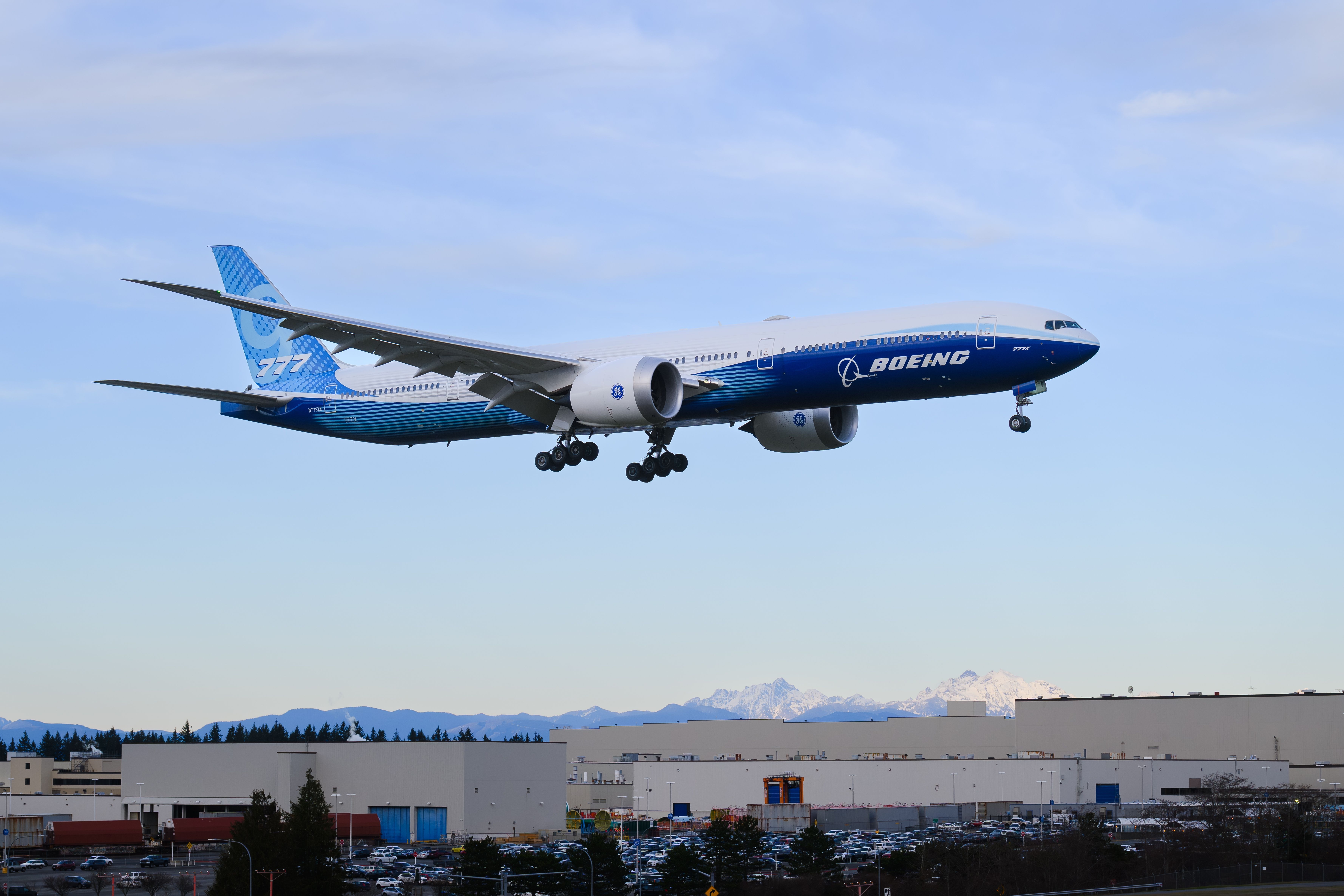
Related
Korean Air Could Be About To Buy Up To 10 Boeing 777X Planes
Korean Air would become the third airline to order the 777X in 2024.
Turkmenistan Airlines
Turkmenistan Airlines is a less well-known operator of the 777-200LR. The airline uses the aircraft for its long-haul flights connecting Ashgabat with cities in Asia, Europe, and beyond. The airline benefits from the aircraft’s range by maintaining non-stop services that support passenger and cargo operations. According to One Mile At a Time, the Turkmeni airline is also the latest operator to receive the aircraft.
Pakistan International Airlines (PIA)
PIA utilizes the 777-200LR for its longest routes, including flights from Islamabad to Toronto and New York. The aircraft’s reliability and efficiency make it a valuable part of PIA’s fleet, enabling the airline to offer long-haul services directly from Pakistan. PIA is set to be privatized in the following months: will the restructure involve downsizing the airline’s 777LR fleet?
|
Airline |
Number of Aircraft |
Average Aircraft Age |
|---|---|---|
|
Emirates |
10 |
13.5 years |
|
Qatar Airways |
9 |
12.8 years |
|
Air India |
5 |
12.6 years |
|
Turkmenistan Airlines |
1 |
4.5 years |
|
Pakistan International Airlines (PIA) |
3 |
14.2 years |
|
Ethiopian Airlines |
6 |
13.0 years |
|
Iraqi Airways |
2 |
10.5 years |
The 777-200LR role in airlines’ fleets around the world.
The Boeing 777-200LR plays a crucial role in the fleets of its operators, primarily due to its unmatched range and fuel efficiency. This aircraft enables airlines to serve routes that would otherwise be impossible or economically unavailable with other aircraft types. Here are some of the benefits and strategic advantages provided by the 777-200LR:
Ultra-Long-Haul Operation: The 777-200LR’s ability to fly longer distances without refueling allows airlines to open up new markets and connect cities that were previously out of reach. This capability is precious for airlines based in regions with significant geographical barriers or those seeking to expand their global footprint.
Fuel Efficiency and Cost Savings: Compared to older long-range aircraft, the 777-200LR offers improved fuel efficiency, translating to cost savings for airlines. The advanced aerodynamics and powerful engines contribute to lower fuel burn, making ultra-long-haul flights more economically viable.
Photo: JetKat | Shutterstock
Passenger Comfort: The 777-200LR is designed with passenger comfort in mind, featuring more expansive cabins and advanced climate control systems. Airlines can configure the interior to provide a superior travel experience, with amenities like lie-flat seats in premium classes and enhanced in-flight entertainment options.
Cargo Capabilities: Besides passenger services, the 777-200LR can carry significant cargo, making it a versatile airline asset. Transporting passengers and freight on long-haul routes maximizes the aircraft’s utility and revenue potential.
Future Prospects for the 777-200LR
While the 777-200LR remains a niche aircraft, its role in airlines’ fleets will likely continue due to the demand for ultra-long-haul travel. However, with advancements in newer aircraft models such as the Boeing 787 and Airbus A350, which offer similar range capabilities with greater fuel efficiency, the 777-200LR may face increased competition, especially with the 777-9 soon to be joining the already highly competitive market.
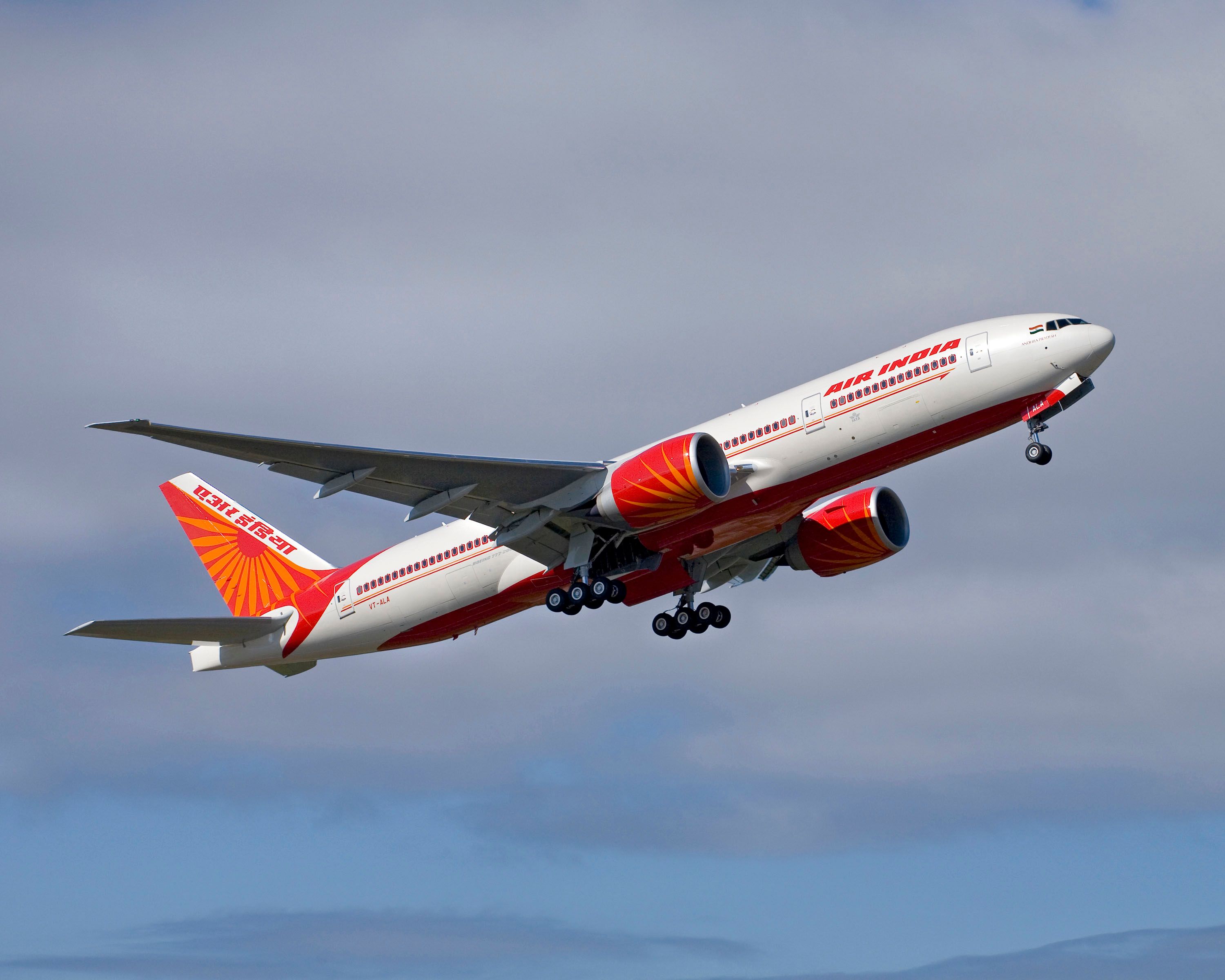
Related
Where The Boeing 777-200LR Is Flying From The US This Year
It is among the country’s least-seen twin-aisles.
Airlines operating the 777-200LR must balance the aircraft’s benefits with the evolving landscape of aviation technology and market demands. The 777-200LR’s future will depend on its ability to adapt to these changes and continue to provide value to airlines and passengers alike.
The production line of the 777-200LR hasn’t formally ended. However, it is said that Boeing is putting it’s resources towards newer projects like the 777-X and doing some damage control in light of recent events.
A rare and remarkable aircraft
The Boeing 777-200LR is an aircraft that has carved out a unique niche in the aviation industry. As of 2024, it remains an essential tool for a select group of airlines, enabling them to operate ultra-long-haul routes efficiently and reliably.
Photo: sockagphoto | Shutterstock
Emirates, Qatar Airways, Air India, Turkmenistan Airlines, and PIA are among the carriers that have embraced this twinjet for its exceptional range and performance. While the future may bring new challenges and opportunities, the 777-200LR’s legacy as a pioneering long-range aircraft is secure.
Have you ever flown onboard the 777-200LR? Share your experience in the comments?
